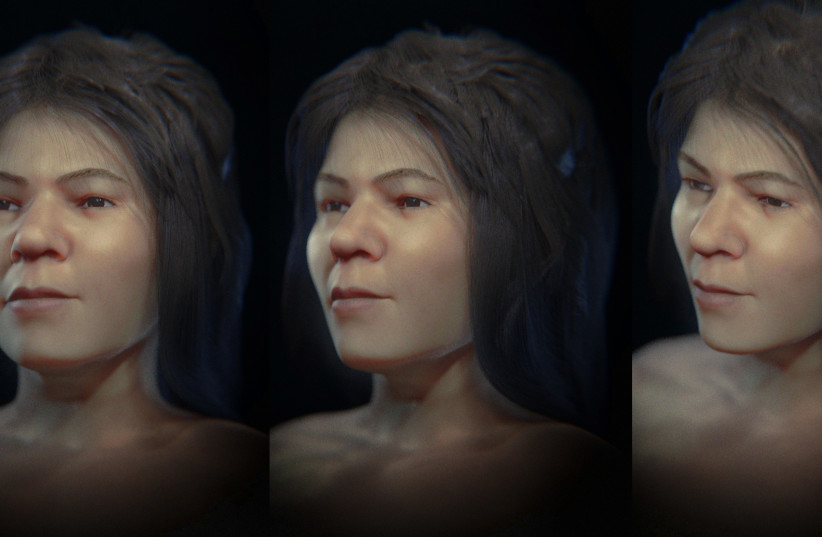One hundred and forty years after discovering an ancient human skull, researchers have succeeded in reconstructing the face of the person who the skull belonged to about 31,000 years ago.
The skull – called Mladeč 1 – was found buried inside a cave in Mladeč, a village in what is now the Czech Republic. The skull is believed to be one of the oldest Homo Sapiens discovered in Europe.
Researchers dated the skull to about 31,000 years ago and initially claimed that it belonged to a male.
New research has proven that the skull actually belonged to a woman who was about 17-years-old at the time of her death and lived during the Upper Paleolithic period (roughly 43,000 to 26,000 years ago), according to a new online book published by the researchers and called "The Forensic Facial Approach to the Skull Mladeč 1.”

The study was authored by Cicero Moraes, a 3D Designer with Arc-Team Brazil, Jiří Šindelář, from the company GEO-CZ in the Czech Republic and Karel Drbal, deputy director of the Caves Administration of the Czech Republic.
The Mladeč 1 fossil was found without a jaw and with a number of teeth missing so researchers first had to conduct facial approximation and complete the skull to be able to reconstruct the face.
"When the skull was analyzed individually, the features pointed to a male," Moraes told the Live Science website. "But when later studies compared the skull with others found at the site, the evidence pointed to a female."
The original excavation at the burial site also uncovered stone tools, bone tips, and teeth but little more is known about the woman who was buried there.
